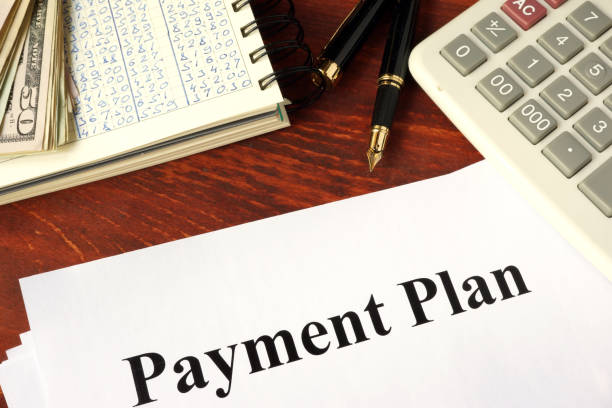Paying off debts can feel overwhelming, especially when unexpected expenses arise. Having a savings buffer is essential to managing financial emergencies without derailing your journey toward a Debt-Free Future. While it might seem counterintuitive to save while tackling debt, the two goals can complement each other with the right strategy. Here’s how to build a savings buffer while paying off your debts.
1. Start with a Detailed Budget
Creating a detailed budget is the cornerstone of financial management. Begin by listing all your income sources and fixed expenses like rent, utilities, and loan repayments. Identify areas where you can cut back on discretionary spending, such as dining out or subscription services. This clarity will help you allocate a portion of your income toward both savings and debt repayment without feeling stretched too thin.
2. Prioritize High-Interest Debts
Focus on repaying debts with the highest interest rates first, as they cost you the most over time. Once these debts are under control, you’ll free up more funds to allocate toward savings. Consider strategies like the debt avalanche or snowball methods to systematically tackle your obligations while maintaining consistent savings contributions.
3. Set Realistic Savings Goals
Start small and build gradually. For example, aim to save £10–£50 per month initially, depending on your income. Over time, as you pay off more debts, increase the amount you save. A savings buffer of three to six months’ worth of expenses is ideal, but even having £500 can cover most minor emergencies.
4. Use Windfalls Wisely
Unexpected windfalls like tax refunds, bonuses, or gifts can provide an excellent opportunity to boost your savings without straining your budget. Consider splitting any windfall: allocate half toward paying off debts and the other half to your savings buffer.
5. Automate Savings
Set up an automatic transfer to your savings account each month. Treat your savings as a “non-negotiable expense” within your budget. Automation ensures you consistently build your savings buffer, even during months when expenses are higher.
6. Reduce Living Costs
Look for ways to reduce your daily expenses. For instance, cook meals at home, use public transportation, or take advantage of student discounts if applicable. If you’re a student managing a maintenance loan, budgeting effectively can help you save even while studying. Small savings in daily expenditures can quickly add up to form a financial safety net.
7. Seek Professional Guidance
If managing your finances feels overwhelming, don’t hesitate to seek professional advice. Debt solutions such as an Individual Voluntary Arrangement (IVA) or exploring Bankruptcy options may provide relief and help you regain financial control. Professionals can also help you create a personalized plan that balances paying off debts and saving effectively.
8. Stay Committed to Your Goals
Building a savings buffer while paying off debts requires discipline and commitment. Regularly review your progress to ensure you’re on track. Celebrate small wins, such as paying off a credit card or reaching your first £100 in savings, to keep yourself motivated.
Achieving a Debt-Free Future while maintaining a savings buffer is not only possible but also essential for long-term financial stability. By creating a detailed budget, prioritizing high-interest debts, and automating your savings, you can prepare for emergencies without jeopardizing your debt repayment plan. With consistent effort and smart financial habits, you’ll be on your way to financial freedom and security.
Check if you qualify for IVA#DebtFreeFuture #PayingOffDebts #BudgetingTips #BuildSavings #FinancialFreedom #DebtSolutions #SavingsBuffer





